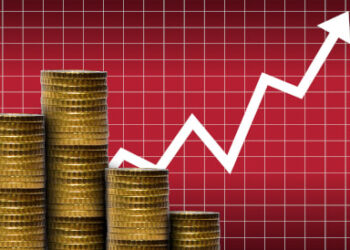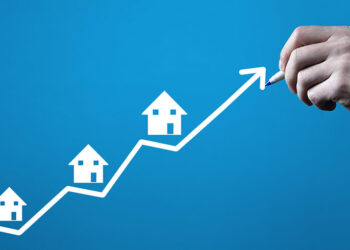HSBC chief economist for Australia and New Zealand Paul Bloxham said with NSW accounting for 32 per cent of the nation’s total GDP, an extended lockdown was likely to take a significant economic toll on Australia’s recovery from COVID.
“NSW Treasury estimates that each week of lockdown takes $850 million (0.043 per cent of annual national GDP) off activity,” Mr Bloxham said.
“Three weeks of lockdown would knock 0.13 per cent off GDP. If the lockdown was long as Victoria’s was in 2020 – it lasted 16 weeks – the estimates of the direct effect would increase to 0.7 per cent of GDP.”
While the state’s Premier Gladys Berejiklian would not be drawn on the exact length of the lockdown in a press conference on Monday, Sydney has seen a surge in cases since stay-at-home restrictions in the NSW capital were extended to 16 July, which has made it “almost impossible” for the city to get out of lockdown in its original time frame.
Mr Bloxham said the speed at which the Delta variant of COVID was spreading could mean it was not possible for the state to ever get back to zero cases, meaning Sydney could remain cut off from state and international neighbours until a significant portion of its population were vaccinated.
“Although Victoria’s severe lockdown in Q3/Q4 2020 was effective in reducing case numbers back to zero, the Delta variant moves much faster than the earlier strains,” he said.
“Delta’s speed is a key reason that the previously highly effective testing, tracing and quarantining system in New South Wales is now being significantly challenged.
“If cases cannot be reduced to zero in New South Wales this presents a challenge for the whole national strategy for managing the COVID-19 pandemic. State borders would need to remain closed while there is zero tolerance in these other states. The trans-Tasman travel bubble would likely remain closed to New South Wales while there is also zero tolerance in New Zealand.”
Mr Bloxham said a “laser-like focus” on the roll-out of vaccines would be the critical factor to reducing any further economic downside for NSW and Australia more broadly.
“Another effect of near-zero cases for an extended period, and a cost of the elimination strategy, has been some complacency about the risk of the virus, which, in addition to logistical issues, is likely to have slowed the vaccine rollout,” he said.
“Our forecasts for Australia already assume a significant slowdown in growth, with GDP which rose at an average rate of 2.8 per cent a quarter in the three quarters to Q1 2021, forecast to slow to an average rate of 0.7 per cent a quarter over the following six quarters. The Greater Sydney lockdown is a downside risk to these forecasts for Q3 in particular.”







